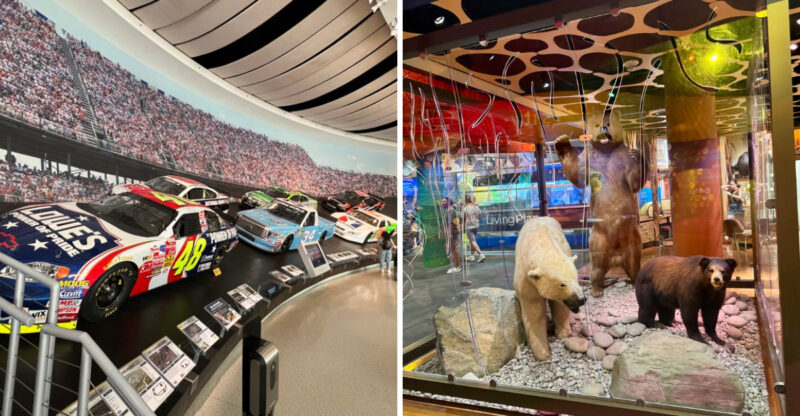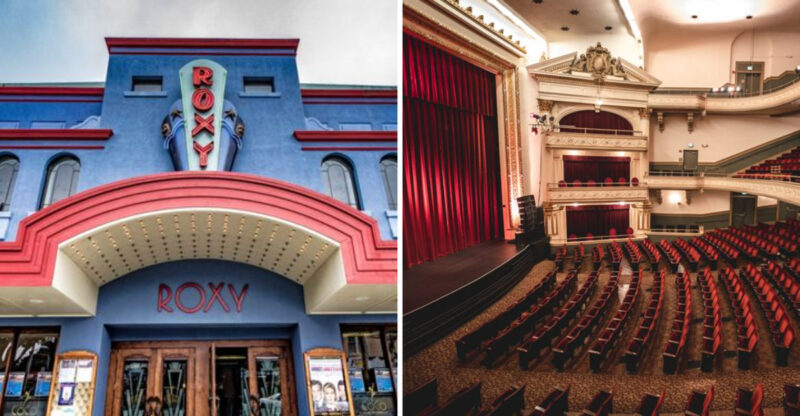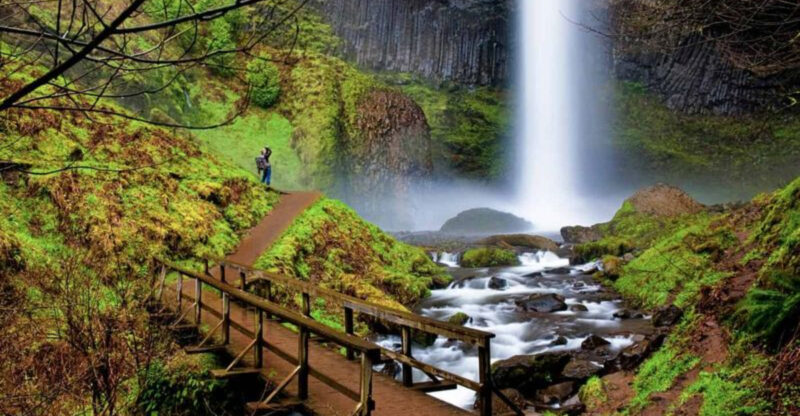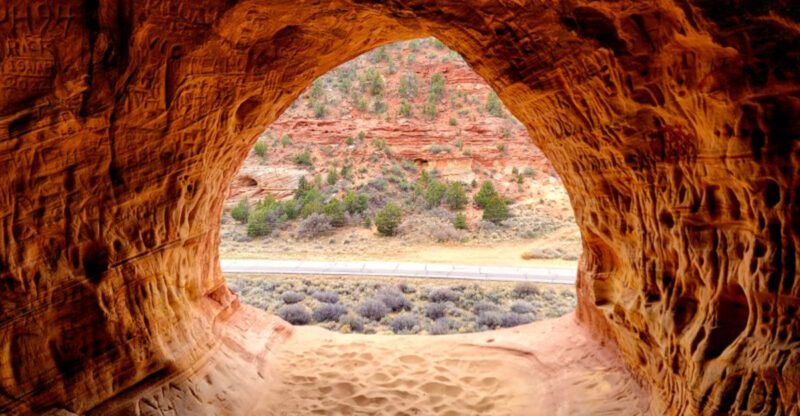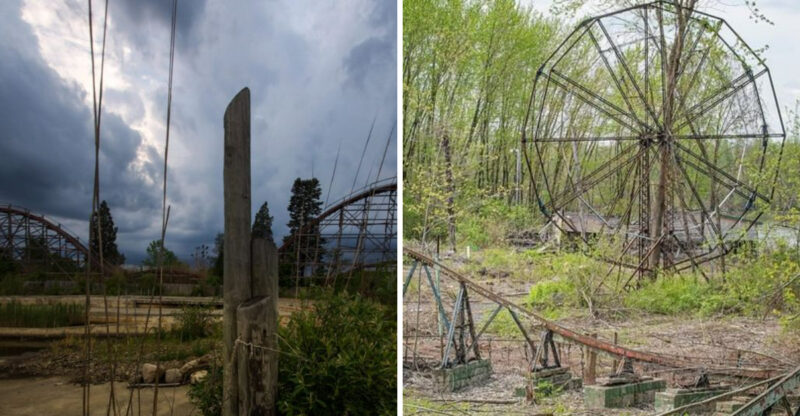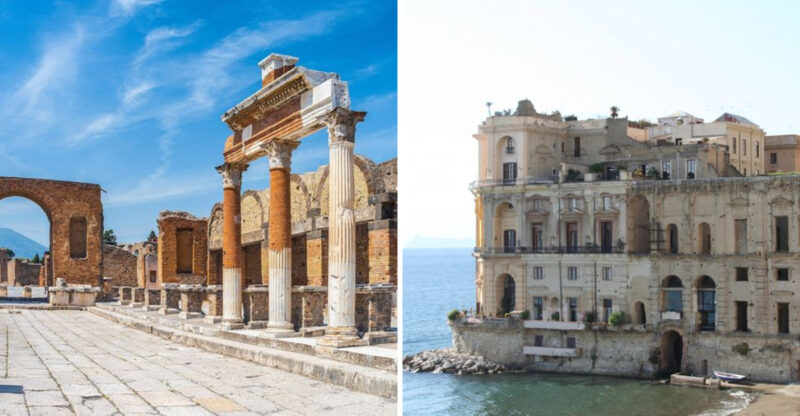Cobblestone Streets In America That Feel Like Time Travel
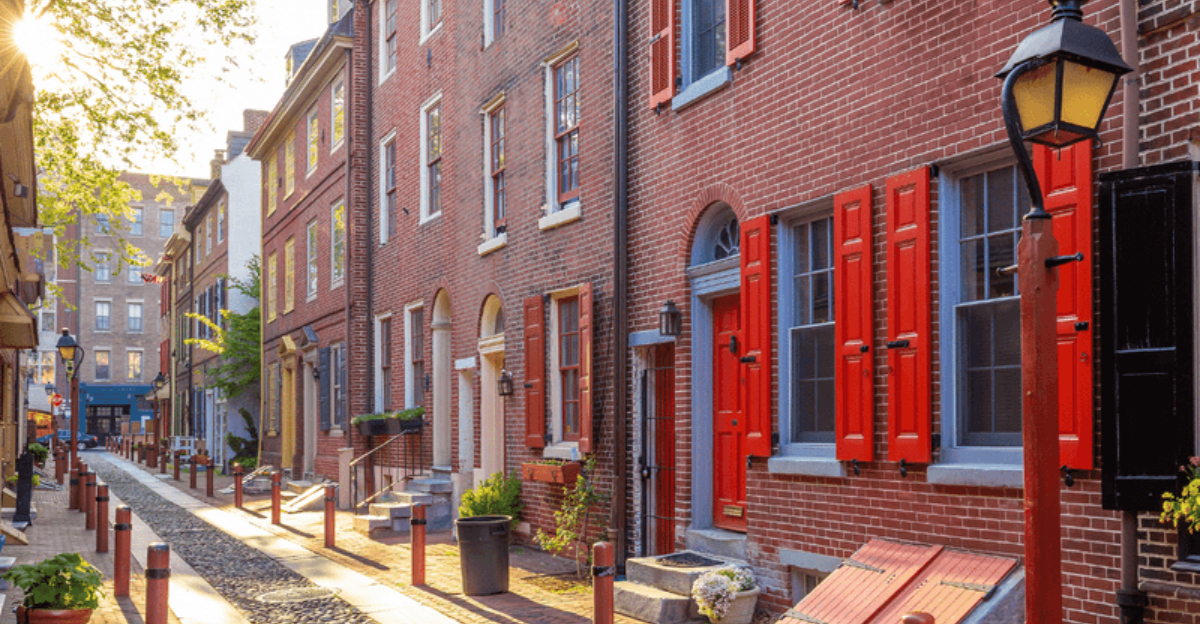
Walking down a cobblestone street is like stepping into a living history book. These charming pathways, with their uneven stones worn smooth by countless footsteps over centuries, connect us directly to America’s past.
From colonial settlements to bustling trade ports, these historic streets have witnessed the birth and growth of our nation while somehow managing to resist the modernization happening all around them.
1. Acorn Street, Boston
Narrow and quaint, this hidden gem in Boston’s Beacon Hill neighborhood is often called the most photographed street in America. The charming row houses lining one side date back to the 1820s when they housed the craftspeople and laborers who served the wealthy Beacon Hill residents.
I love how the gas lamps still flicker along the street, casting a warm glow on the perfectly preserved cobblestones. The steep slope adds to its picturesque appeal, especially when dusted with snow or autumn leaves.
2. River Street, Savannah
The waterfront cobblestones here were once ballast stones from European ships that arrived in Savannah’s busy port. Rather than discard them, clever locals repurposed these stones to pave the streets along the Savannah River, creating an enduring piece of history.
Strolling along River Street today, I can almost hear the shouts of sailors and smell the cotton bales that once lined these docks. The stones feel delightfully uneven underfoot, a physical reminder of the 18th and 19th century maritime commerce.
3. Elfreth’s Alley, Philadelphia
America’s oldest continuously inhabited residential street dates back to 1702! The tiny row houses with their brightly colored doors stand shoulder-to-shoulder along this narrow passageway, home to artisans and tradespeople for over three centuries.
Walking between these historic homes feels magical to me, especially knowing that some residents still live in these 300-year-old dwellings. The cobblestones have been carefully preserved, though slightly modernized for drainage. Colonial-style lanterns hang above, completing the time-travel experience in the heart of Philadelphia.
4. Dumbo, Brooklyn
Manhattan Bridge frames the perfect view down these iconic Brooklyn streets where Belgian blocks (a type of cobblestone) create one of New York’s most photographed scenes. The industrial warehouses converted to luxury lofts tell the story of this neighborhood’s transformation.
My favorite time to visit is early morning when sunlight bounces off the stones and casts long shadows. The contrast between the historic pavement and the modern boutiques and tech companies now occupying the old factories creates a fascinating blend of past and present.
5. Nantucket’s Main Street
The wide cobblestone thoroughfare running through the heart of this island town has remained largely unchanged since the whaling era. Grand sea captains’ homes with widow’s walks line the street, their facades weathered by salt air and centuries of island winters.
During summer evenings, I love watching the stones glow golden in the setting sun. The cobblestones here aren’t perfectly uniform – they’re rounded and smooth, making for a bumpy ride in cars but a charming stroll on foot. Horse-drawn carriages still clip-clop down this historic pathway.
6. Old Sacramento, California
Gold Rush history comes alive on these western cobblestone streets that once bustled with prospectors seeking fortune. The wooden sidewalks and balconied buildings transport visitors straight back to 1849 when this was a rowdy frontier town.
Unlike East Coast cobblestones, these have a distinctly western character – wider spaced and rougher hewn. The sound of my footsteps changes when crossing from modern pavement to these historic stones. At night, the gas lamps create dancing shadows across the uneven surface, making it easy to imagine stagecoaches rumbling by.
7. Pirates’ Alley, New Orleans
Tucked beside St. Louis Cathedral in the French Quarter, this mysterious cobblestone passage is steeped in legends of pirate Jean Lafitte’s smuggling operations. The narrow corridor between centuries-old buildings feels secretive and thrilling, especially in the misty morning hours.
The stones here have a uniquely New Orleans character – slightly sunken in places from years of subtropical rains and humidity. I always run my hand along the textured walls of the surrounding buildings while walking this alley. The mixture of Spanish and French colonial influences creates an atmosphere unlike any other American cobblestone street.
8. Benefit Street, Providence
The “Mile of History” showcases one of America’s most intact colonial neighborhoods, with cobblestones peeking through in sections between later paving. Magnificent homes representing every architectural style from Georgian to Greek Revival line this elevated street overlooking downtown Providence.
Brown University students hurry across these historic stones between classes, creating a wonderful juxtaposition of past and present. The cobblestones here have a distinctive reddish hue found nowhere else in America, supposedly from local clay mixed into the stone setting. Flickering gas lamps illuminate the path after dark.
9. Germantown Avenue, Philadelphia
Following an ancient Lenape trail, this seven-mile cobblestone road connects Philadelphia to its historic Germantown neighborhood. The stones have witnessed Revolutionary War battles, the birth of American abolitionism, and waves of immigration that shaped our nation.
The cobblestones change character along the route – from refined downtown settings to more rustic sections in the northwest. What amazes me is how the stones have endured centuries of traffic, from horse-drawn wagons to modern cars. Some sections show visible wagon wheel ruts worn into the stones over centuries.
10. Courthouse Square, Charleston
The heart of Charleston’s historic district features some of America’s most beautifully preserved cobblestone streets surrounding the old courthouse. Spanish moss drapes from ancient oak trees, creating dappled shadows across the stones that have witnessed everything from slave auctions to Civil War bombardments.
Horse hooves still clatter across these stones as carriage tours navigate the narrow streets. The cobblestones here have a distinctive bluish tinge from the local limestone. After a summer rain, the wet stones gleam like jewels in the Southern sunlight, reflecting the colorful facades of the surrounding antebellum mansions.

